The Minimalist Europe Fall Packing List for Women
This article may contain affiliate links, meaning I may earn a small commission if you purchase through these links at no extra cost to you. Please refer to my Disclosure Policy for more information.

Traveling around Europe in the fall is incredible. The crowds are dwindling, and you get to wrap yourself up in some cozy clothing while wandering around the muted streets. With the changing color of the leaves and the brisk air… it’s absolutely beautiful.
But, before you can experience the beauty of autumn in Europe, you need to prepare for your trip. And packing for a trip can be daunting. Choosing the right bag, deciding what to bring and how much to pack, fretting about potentially forgotten items: it can all weigh on you.
To ease your anxieties, most items can be replaced at your destination. So, don’t worry too much about forgetting things (except for your passport… don’t forget your passport).

Furthermore, what you’ll pack will depend on multiple factors, such as the countries you’re visiting, what you plan on doing, the climate, etc. Europe is so diverse; what you’ll pack for September in Portugal will be vastly different from what you’ll pack for November in Ireland.
(And hey, if you’re planning on visiting Europe but you’re not totally sure of where you want to go, click here for some inspiration!)
A valuable resource I recommend using is AccuWeather; it allows you to research the typical climate of the cities you’re visiting during the month(s) of your trip.
Finally, note that I’m simply aiming to give you a good foundation of what to pack for Europe in the fall. You can modify your own packing list as much as you’d like; minimalism, after all, isn’t always about having fewer things, but about being conscientious of the things you have.
Now, let’s get started!
Luggage
Evidently, before you start packing, you’ll need dependable luggage.
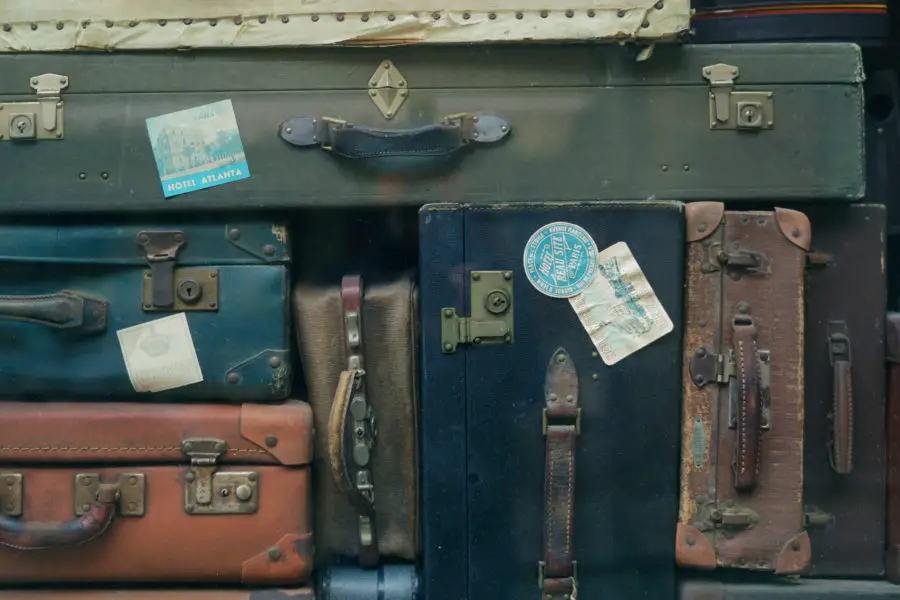
The best type of luggage you should bring will vary, depending on your itinerary.
In other words, if you’re planning on jumping around the continent a lot, staying in each location for a few days at a time, a backpack would be far more convenient than a suitcase, as it’s easier to lug around.
However, if you’re only planning on exploring a few places, but you’re staying in each location for a longer period of time, you may opt to bring a suitcase instead.
So, deciding which luggage to bring depends entirely on you.
Suitcases
While it may be tempting to grab any old suitcase and make do, there are many factors to consider when choosing the right suitcase for you and your trip.
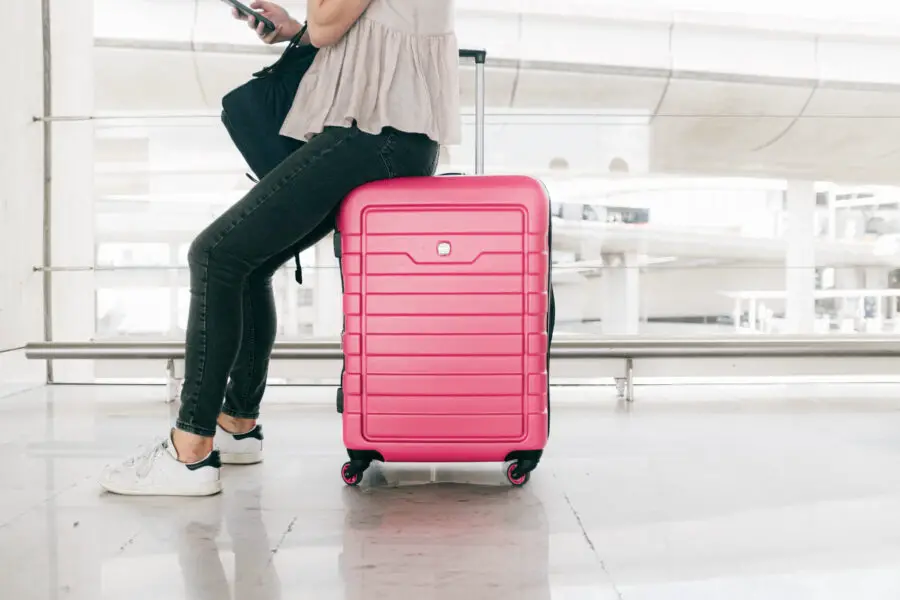
For instance, if you’re checking in your luggage, you’ll want to ensure that your suitcase can handle any possible rough handling. Hard-shell suitcases are prone to cracking and breaking, but are a safer option if you’re bringing a lot of fragile items.
However, if possible, I recommend using soft-shell suitcases instead of hard-shell suitcases. They are harder to damage, and can expand in size, allowing you to pack more (so, at the end of your trip, you’ll have more space to cram all of your souvenirs).
Backpacks
In my opinion, choosing the right backpack is harder than choosing the right suitcase. Why? Because it has to be the right size and fit for you.
For that reason, I recommend purchasing a backpack in a store rather than online. Choosing a backpack that fits you is imperative for reducing back and shoulder strain; as someone who walked 2 weeks on the Camino de Santiago with a wrong-sized backpack, I can say with certainty that it can really put a downer on your travels.
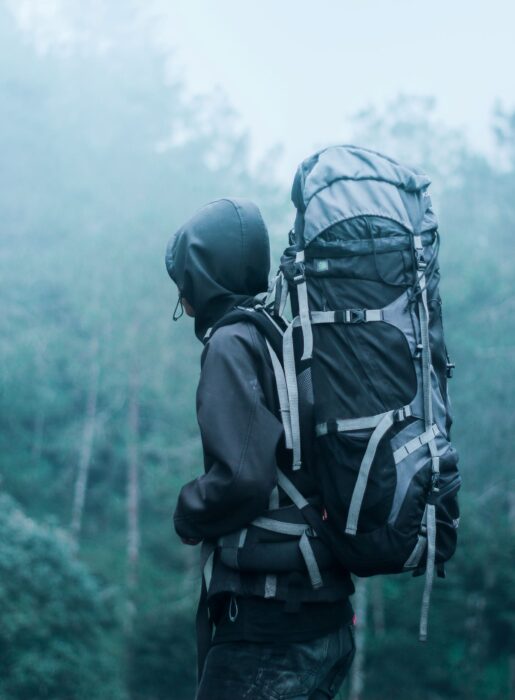
Good stores to check out include MEC in Canada, or REI in the USA. From my experience, the store clerks are passionate about finding you the perfect backpack that fits you, is in your price-range, and suits your needs.
I would also recommend getting a front-loading backpack. If you don’t want to pack and unpack your bag at every hostel or hotel, a front-loading backpack will allow you to easily and conveniently grab things from your bag without pulling everything out.
Finally, don’t forget to invest in a good carry-on backpack or bag. I recommend choosing one that is high-quality, dependable, spacious, and convenient to carry around.
Necessary Documents
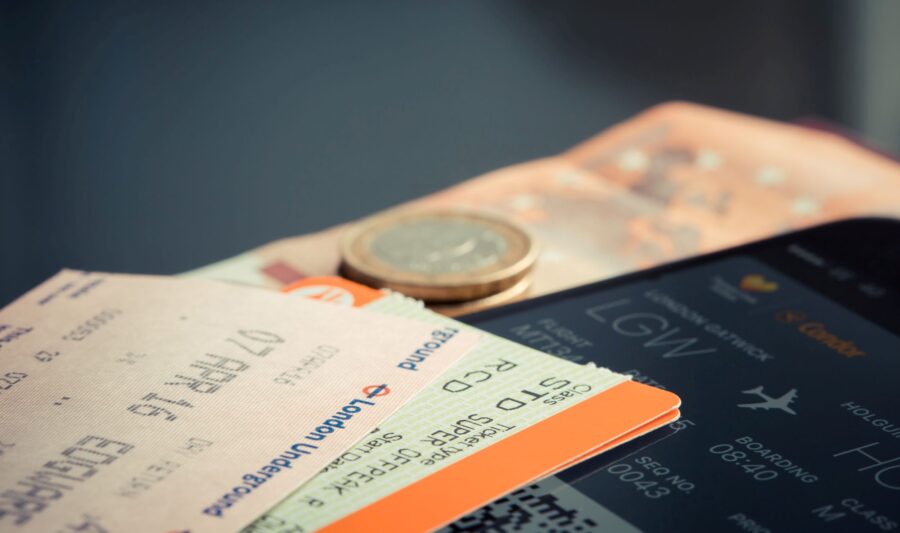
Before you depart on your trip, don’t forget these key travel items and documents:
- A valid passport, with at least 6 months left until expiry at the date of departure from the country or countries you’re visiting (i.e. have 6 months left on your passport at the end of your trip).
- Any necessary travel visas.
- Your wallet, with any credit cards, debit cards, IDs, and/or foreign money you need.
- A photocopy of your passport and travel visas, for emergency situations. You should keep these photocopies in a different bag than your original copies.
- Travel insurance. Anything can happen, so it’s better to be safe than sorry! Some good travel insurance companies include World Nomads, Travel Guard, and Generali Global Assistance.
(And hey, if you want more tips on things to do before you depart on your trip, click here!)
Clothes
Now, let’s get into clothing. Once again, what you’ll pack will depend on your destination, the time of year, and your planned activities. However, for the most part, you should be prepared to pack for both warmer and cooler weather, as the temperatures tend to vary.
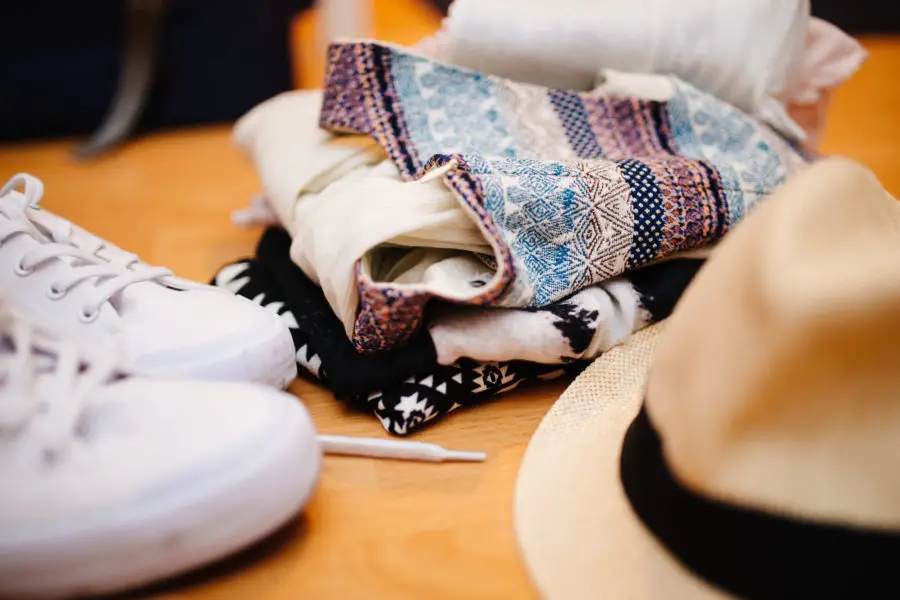
Dresses
One or two dresses is definitely an essential for your European wardrobe. One of the things I love most about wearing dresses is that they can make you look presentable and fashionable with minimal effort. And, they’re not only suitable for casual wearing throughout the day, but they’re also great for going out at night!
I would recommend bringing around 2 light dresses. Ideally, they should be comfortable and breathable for warmer weather, but easy to layer up with tights, boots, scarves, and jackets for colder weather.

If you’re planning a trip to Barcelona and you’re wondering what to do, check out my 2-day Barcelona itinerary!
Tops
I recommend bringing:
- 1 heavy jacket: Ideally waterproof, but it’s not a requirement – it just needs to keep you warm in colder weather.
- 1 light jacket: For layering on cooler days.
- 3 or 4 T-shirts
- 1 or 2 long sleeves
- 1 tank top
You can bring more or less; whatever you’re comfortable with. And don’t forget, if you don’t pack enough clothes, you can always go shopping there!
Bottoms
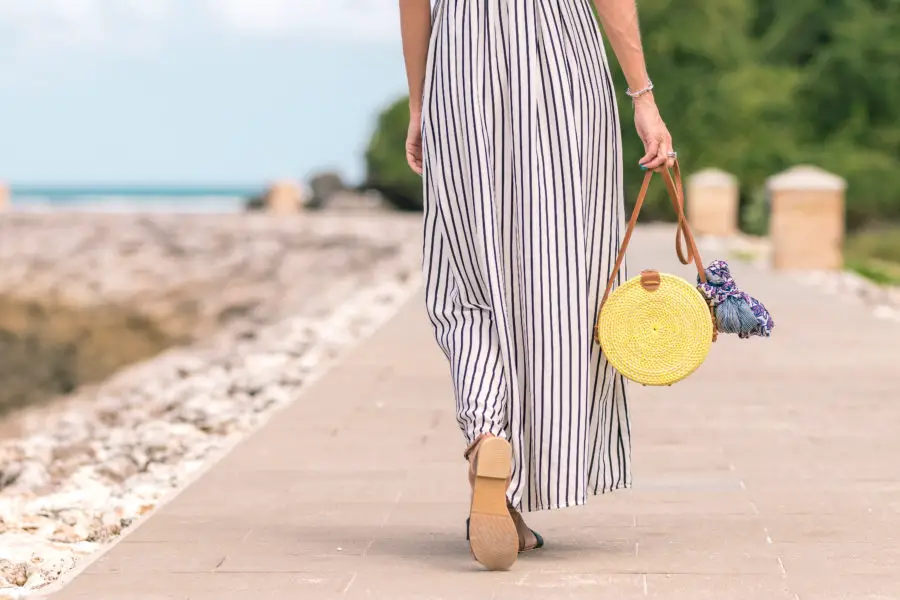
I recommend bringing:
- 1 or 2 pairs of jeans
- 1 pair of pants
- 1 pair of shorts
- Optional: 1 skirt: If you’re really trying to pack light, you can throw a T-shirt on top of your dress as a makeshift skirt instead!
- Optional: 1 pair of leggings/tights: They’re great for comfortably lounging around in, and for wearing under your skirt or dress on colder days.
I recommend choosing bottoms that fit with all of your tops, so you have a variety of outfits to work with!
Undergarments
While this is a minimalist packing list, I believe there is one thing that you can’t overpack: underwear. There’s no worse feeling than having to delay your plans of exploring a new city, visiting an art gallery, or admiring some incredible architecture, because you have run out of clean underwear and have to do the laundry. So, I recommend packing a lot of underwear.
Overall, you should bring around:
- 14 pairs of underwear
- 3 bras
- 8 pairs of socks
Shoes
One of the most important decisions you have to make when packing for your trip is deciding which pairs of shoes to bring.
Since they’re so big and bulky, there’s a limited amount of shoes you can pack. Furthermore, you’ll be walking everywhere in them. So, comfort is key; you want shoes that give your feet the support it needs to survive the long days walking around the city, or up mountains. Overall, choose your shoes wisely!
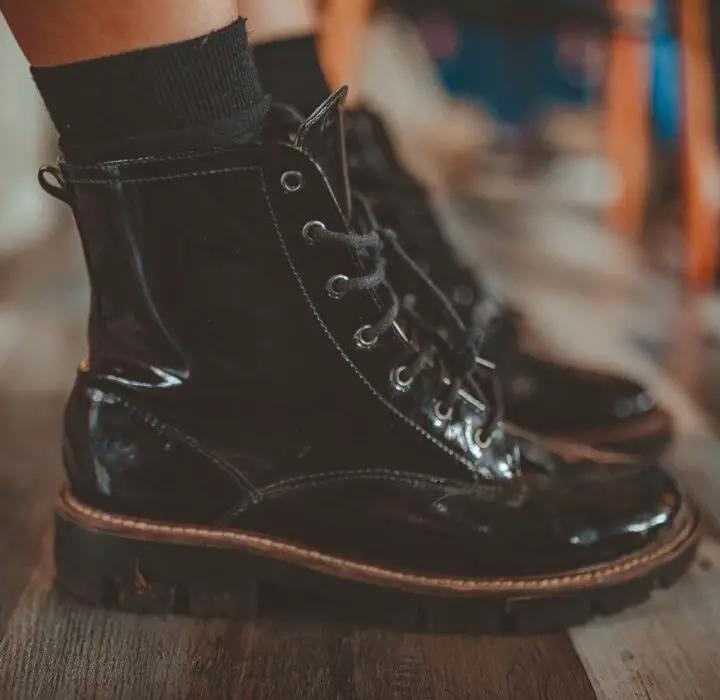
I recommend bringing:
- 1 pair of flip flops/sandals: Flip flops or sandals are obviously a must if you’re traveling to a beach destination. But, even if you’re not, flip flops are essential if you’re staying in hostels; you’ll need them for navigating the sometimes grimy hostel showers.
- 1 pair of runners: Like I said before, choose shoes that are comfortable for long days!
- 1 pair of boots: If you’re traveling to a colder climate, boots are great for keeping your feet toasty warm.
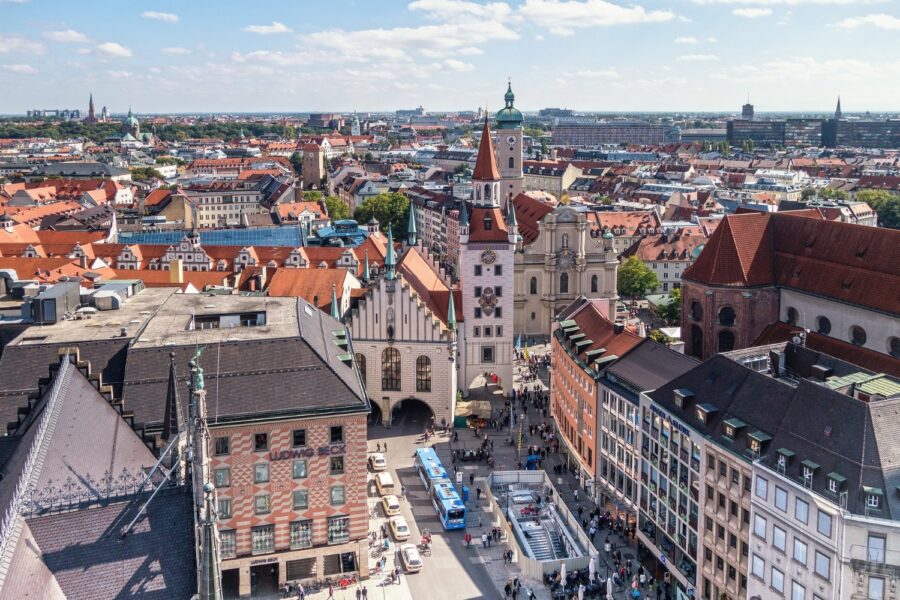
If you’re thinking of visiting Munich, Germany this fall, click here to read my self-guided free walking tour of Munich!
Other Clothing Items
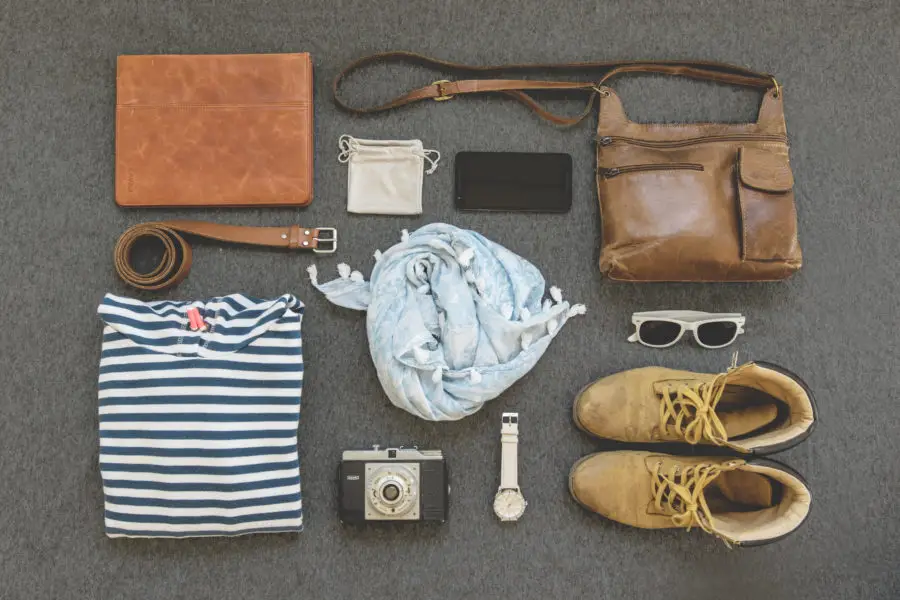
Some other miscellaneous clothing items to bring include:
- 1 swimsuit: If you’re going to a beach destination.
- 1 towel: This is an essential, regardless of your destination, as some hostels don’t provide their own towels (or force you to pay a fee for borrowing one). I recommend getting a compact, microfiber travel towel that dries quickly.
- 1 hat: Depending on your destination, this can be a summer hat that shades your eyes from the sun, or a winter hat that keeps your head and ears warm (or, you can bring both).
- Optional: 1 scarf: If you’re going to a colder destination.
- Optional: 1 belt: If your pants/jeans require them (or, you know, for fashion).
Toiletries

I recommend bringing:
- Hand sanitizer: Gotta keep those hands clean.
- Lip balm
- Comb/hair brush
- Hair ties
- Deodorant
- Sunscreen
- Pads/tampons/panty liners/menstrual cup
- Tylenol, and any other medications you may need
- Toothbrush, toothpaste, and flossing thread
- Shampoo, conditioner, and soap/body wash
- Nail clippers, tweezers, and a razor
- Make-Up: Bring as much or as little as you want 🙂
Electronics
Deciding which electronics to pack can be a very difficult decision.
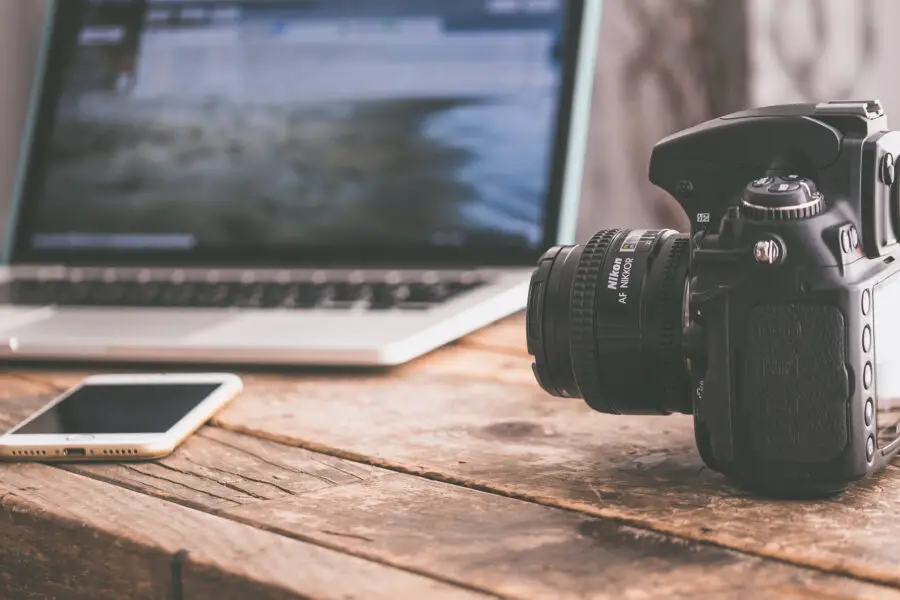
A cellphone is almost a necessity these days. But, I also recommend bringing a portable charger – you don’t want your cellphone to die out on you midday. Additionally, you’ll probably need a voltage converter/adapter, so you can plug in your chargers.
Another big question to ask yourself is if you want to bring a laptop. There are definitely some advantages to doing this, but there’s also a lot of risks.
Some advantages include the ease of research, the ease in booking transportation and accommodations, and the ability to comfortably watch TV shows and movies on a larger screen, on long train or plane rides. Some disadvantages include questionable security, and added weight.
If it’s not necessary for you to bring a a laptop (i.e. you don’t need it for work, etc.), I don’t recommend bringing one. It’s not only an added physical weight, but it’s an added mental weight; you don’t want to spend your precious travel days worrying about the security of your laptop.
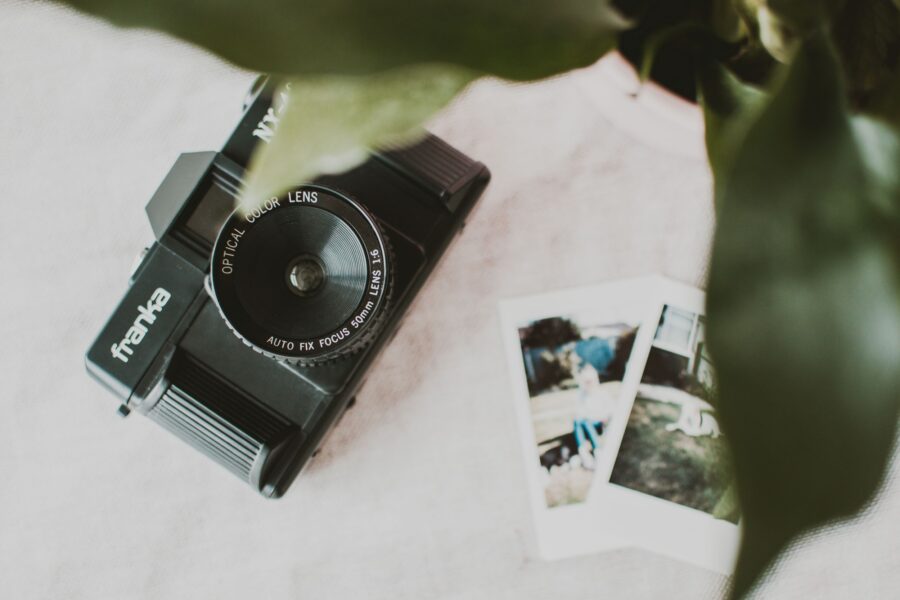
The next question to ask yourself is if you want to bring a camera. Most cellphones nowadays have incredible cameras that allow you to take wonderful photos, so bringing a camera is definitely not necessary. However, if you love photography, have a camera that you never use, or just want to learn some basic photography, then I definitely recommend bringing a camera!
Overall, I recommend bringing:
- Cellphone, and cellphone charger
- Voltage converter/adapter
- Portable battery, and portable battery charger
- Earphones/headphones
- Optional: Laptop, and laptop charger
- Optional: Camera, and camera charger
Other Miscellaneous Items
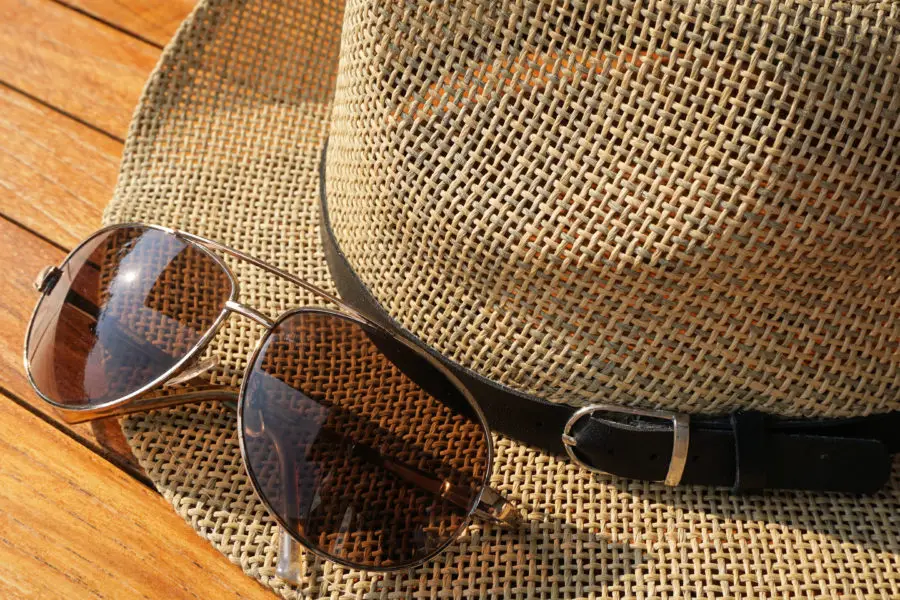
Some other miscellaneous items include:
- Glasses and/or contact lens (if needed)
- 1 pair of sunglasses
- 1 umbrella: If it’s light and compact. Otherwise, you can just get one there (if necessary).
- Combination lock/padlock: This is essential for securing your valuable belongings in hostel lockers.
- Notebook and pens: To record your travels, thoughts, plans, etc.
- Water bottle: Bringing your own water bottle means you spend less money on beverages, and waste less plastic! It’s also great for airplane rides – you can fill up your water bottle after going through security.
And that’s it!
These are my essentials on what to pack for Europe in the fall. Once again, you can bring more or less, whatever you’re comfortable with; while packing light is important, you don’t have to push yourself too far. Overall, I hope this packing guide helps you prepare for your incredible European adventure this autumn!
(And hey, if you’re desperate for my guides and tips for traveling around Europe, click here!)
Thanks for reading the article! If you have any questions, feel free to comment down below, and if you want to see more travel and hike-related content, make sure to check out my other articles.
Cheers,

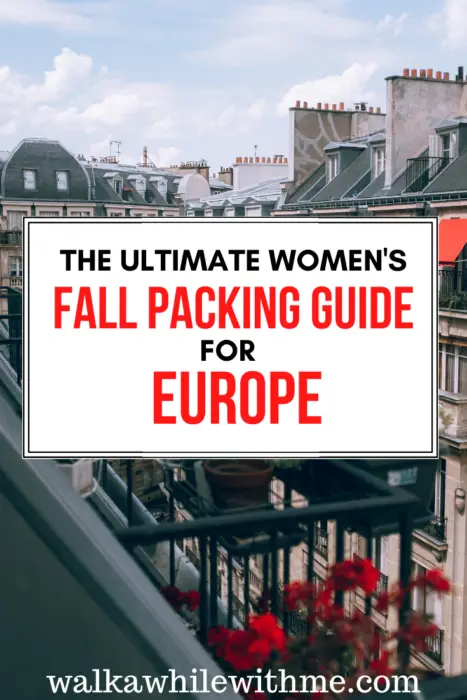

Planning to drop by Spain on your trip around Europe? Check out my walking guide to Seville, Spain!
And if you’re visiting Seville, I recommend spending a few days in Lagos – to learn more, read my article on the best beaches of Lagos, Portugal!
Like this post? Share it!
